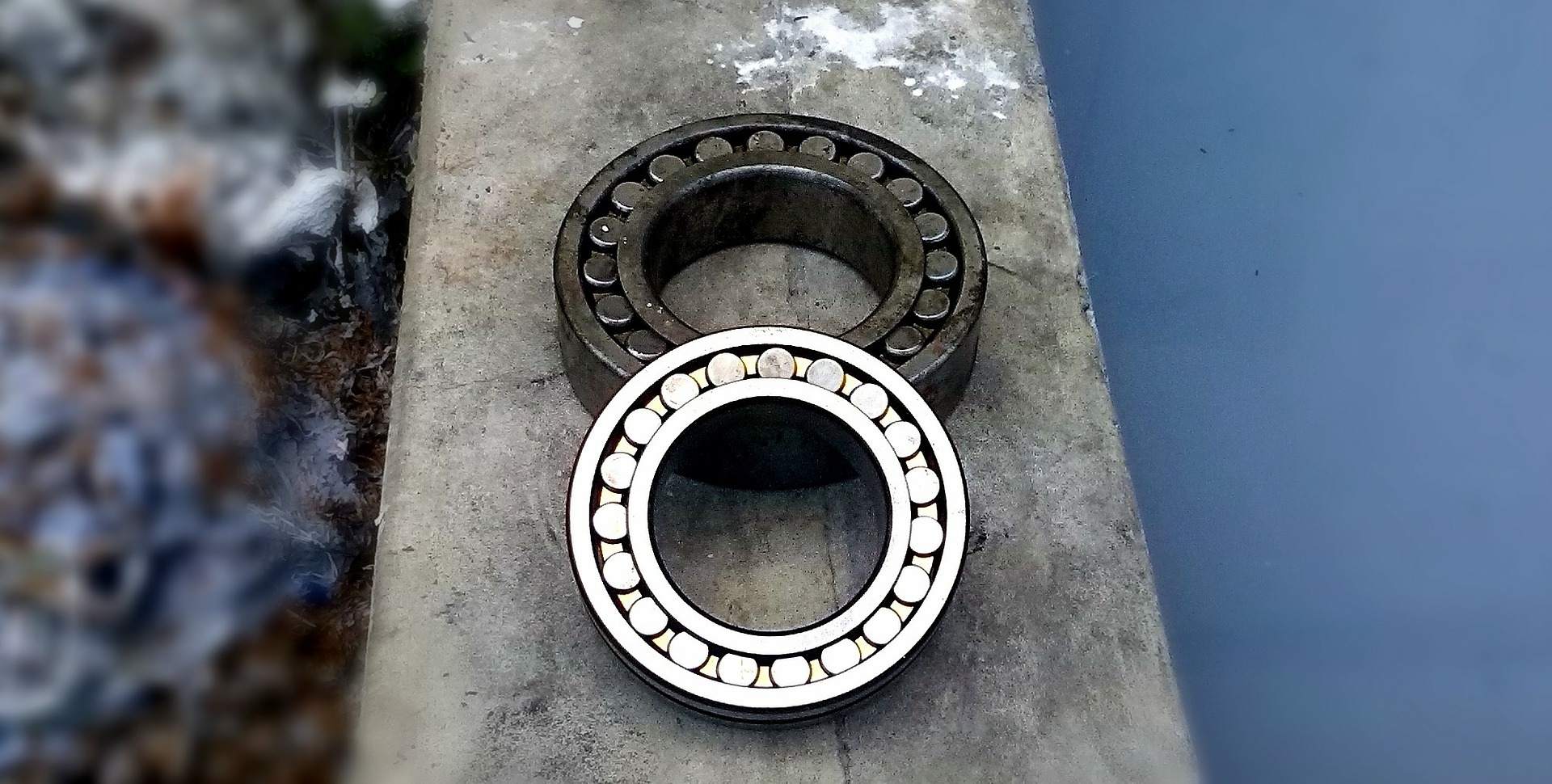Bearings are specifically designed and made to take a beating, being able to rotate at mind-boggling speeds, withstand vertical and perpendicular loads, extreme temperature changes and ranges, and violent vibrations. Still, sometimes, bearings just fail, and it’s not always their manufacturing quality that is to blame.
Here are the most common causes of bearing failure, and what you can do to prevent them:
Operation beyond specifications
Choosing the right model for your needs is key. Some bearings withstand extreme temperatures, others are great at humid environments, others can handle big loads, and some can rotate at spark-generating speeds. If you use the wrong bearing for the job, it will fail quickly.
Lack of lubrication
Keeping a bearing well lubricated with the proper viscosity of lubricant grease or oil is crucial in keeping it alive. Anything else will result in the gradual or even sudden increase of fiction, eventually leading in damage. Remember, lubricants can leak out, get old and incapable of offering protection, or be contaminated by dirt and debris.
Poor or no sealing
Poor sealing protection or no sealing at all results in the acceleration of lubricant contamination or leaking, and speeds up the degradation of the bearing.
Improper mounting/installation
This can result in imbalanced loading, vibrations, misalignment problems, and uneven wear. Make sure that you are mounting the bearing according to the manufacturer’s specifications and guidelines, otherwise, something is bound to get damaged sooner or later.
Too old to keep going
No matter how high quality the materials of a bearing may be, chips, dents, and deformations gradually accumulate on its balls or channels, resulting in bad performance, resistance, and eventually wear and tear. Don’t use a bearing beyond its intended lifetime, and better replace it when the time comes to avoid damaging shafts or other more expensive components.
Material or manufacturing defects
In 1% of the cases, the failure of a bearing is attributed to OEM manufacturing errors and poor quality. There’s nothing you can do about that other than to accept the small chances of having to deal with this possibility.







